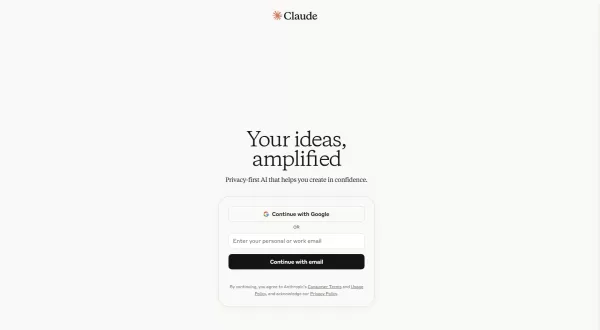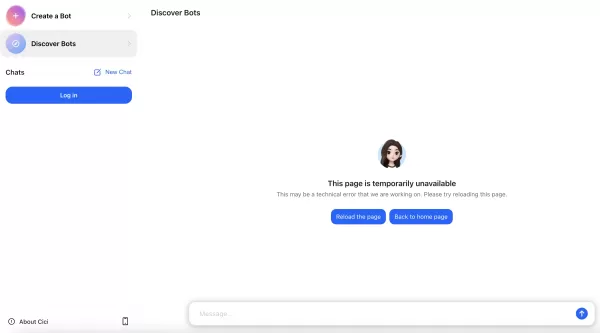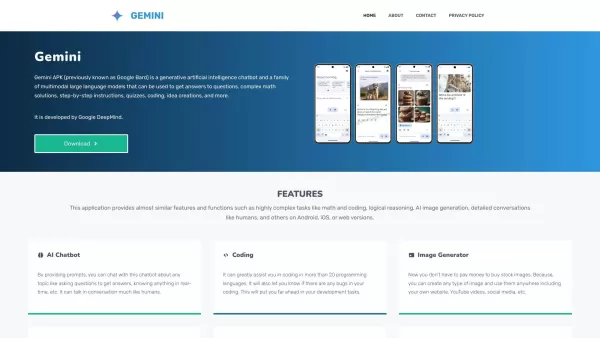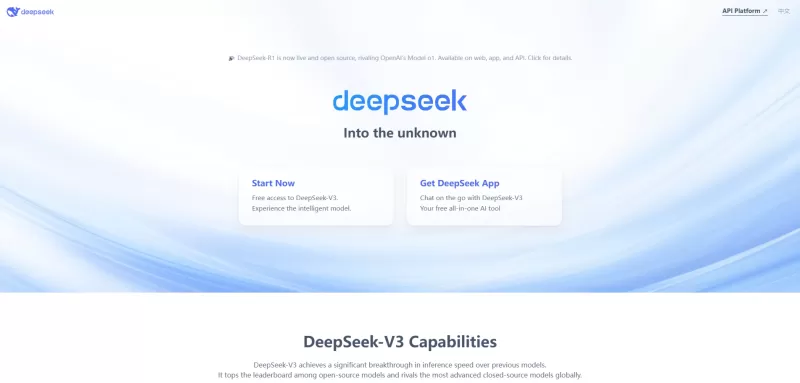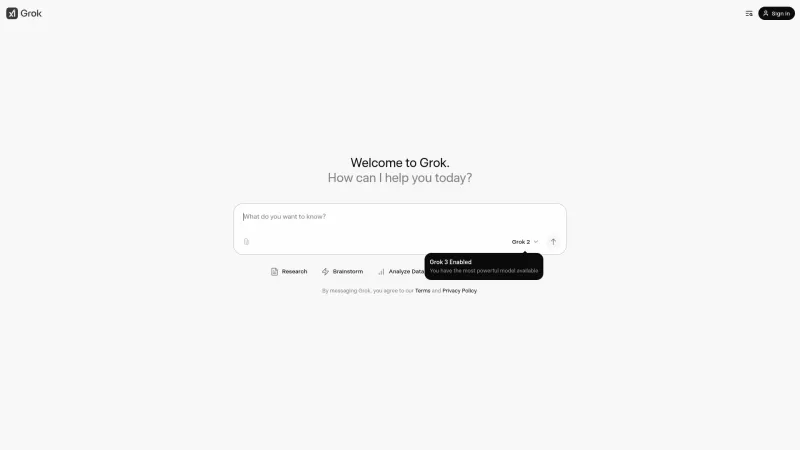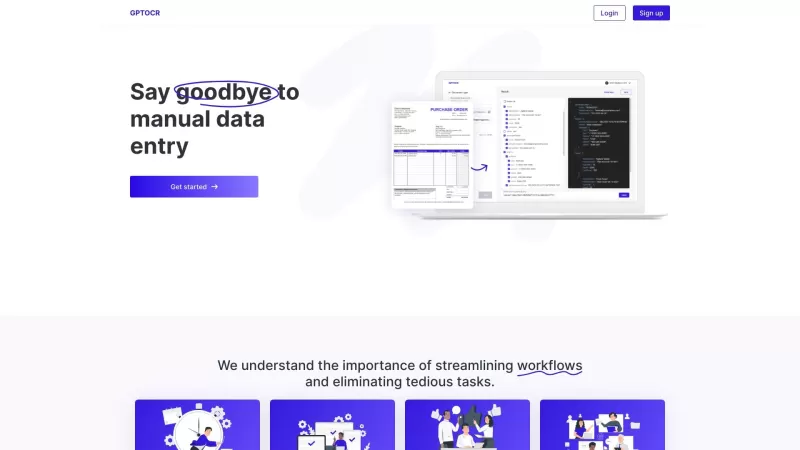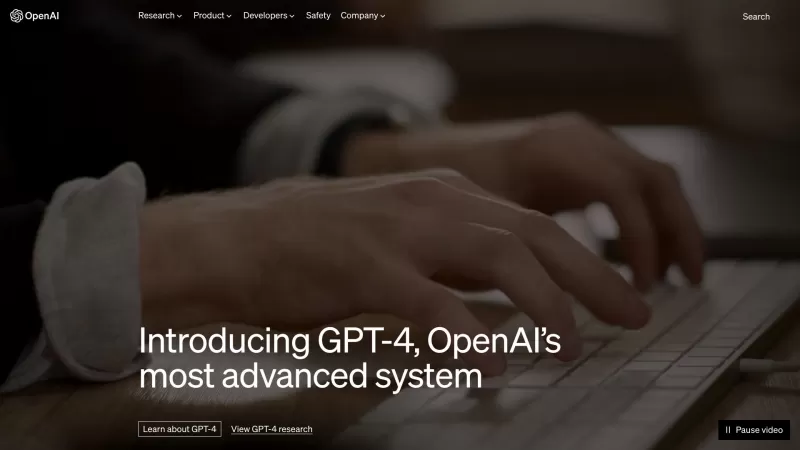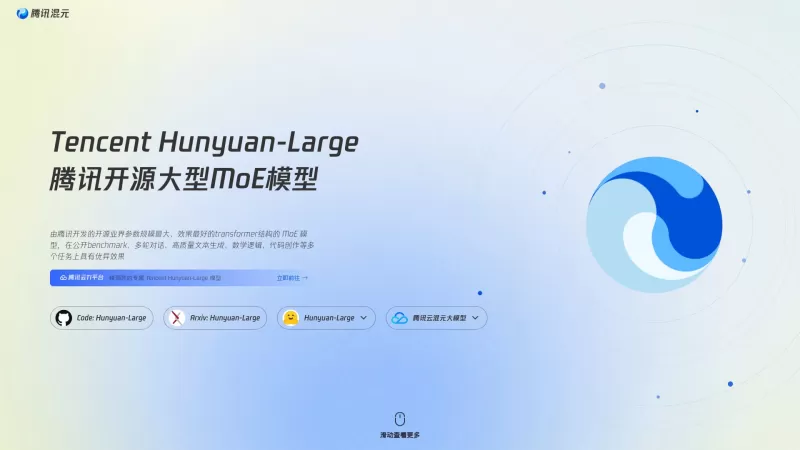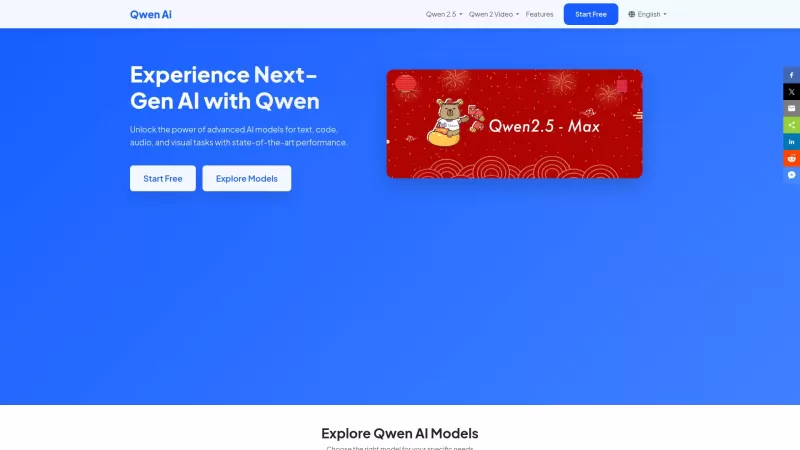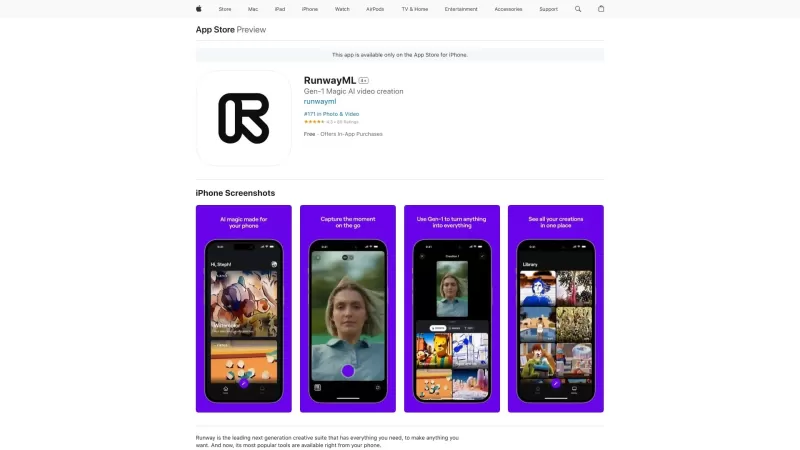Everyone’s looking to get in on vibe coding — and Google is no different with Stitch, its follow-up to Jules

Why Vibe Coding Is Gaining Traction
Right now, vibe coding is making waves across the tech world. It's all about embracing AI and natural language prompts to handle routine coding tasks, challenging the old-school idea that humans should handle everything downstream. This shift isn't entirely novel—it's rooted in AI's growing role in programming—but the term "vibe coding," coined by OpenAI co-founder Andrej Karpathy earlier this year, is fresh. It emphasizes creating results over focusing on the traditional coding process itself. As Karpathy put it, "You finally give into the vibes, embrace exponentials and forget that code even exists."
A New Wave of Tools
The vibe coding movement has sparked a wave of innovative tools. Leading names in this space include Windsurf (formerly Codeium), Cursor, Replit, Lovable, Bolt, Devin, and Aider. Anthropic recently joined the fray with Claude Code. Big names like Amazon Web Services (AWS) and Microsoft are also jumping in. AWS offers Amazon Q Developer AI assistant as an add-on, while Microsoft introduced GitHub Copilot agent mode. OpenAI aims to expand its Codex capabilities, and Agentforce reportedly handles around 20% of Salesforce's coding. Meanwhile, Google has been testing its own autonomous coding agent, Jules.
Introducing Google Stitch
Enter Google's latest project, Stitch. This beta tool lets users craft UIs with a single prompt. For instance, you can specify whether you want to design a dashboard, web app, or mobile app, along with details like color schemes and desired user experiences. Stitch quickly churns out HTML, CSS+, and templates with editable components that both developers and non-developers can tweak. Imagine adding features like a search bar to your homepage—it's that simple. Users can integrate these creations directly into apps or export them to Figma.
According to Google Labs researchers, "Design is an iterative process, and Stitch helps by letting you generate multiple versions of your interface." Experimentation becomes easier with different layouts, components, and styles at your fingertips.
Two Modes, Endless Possibilities
Stitch offers two modes. In standard mode, it runs on Gemini 2.5 Flash. Switch to experimental mode, powered by Gemini Pro, and you can upload visual aids like screenshots, wireframes, and sketches to guide the output. Google plans to roll out a feature allowing users to annotate images for further customization.
Jowett from Inflate AI sums it up: "Stitch is meant for quick first drafts, wireframes, and MVP-ready frontends." Early adopters are already raving about its potential.
Praise and Criticism
Some users are blown away. One tester described Stitch's response to a "crypto wallet dashboard" prompt as "unreal," completing the layout in under 10 seconds. Another X user exclaimed, "Honestly shocked this isn’t getting more attention. A real UI generator backed by Gemini with Figma export? Instant use-case."
But not everyone is convinced. Elizabeth Alli of DesignerUp expressed disappointment in her blog post. When she asked Stitch to create an app promoting mindfulness, the design missed key elements like her preferred color palette. The platform only produced one static screen, and follow-up prompts struggled to generate subsequent pages. Editing options were limited, and uploading an image from her personal portfolio yielded unsatisfactory results in terms of typography, color choices, and outdated visuals.
Alli noted, "Their effort seems half-baked at best." While Stitch is still in beta, its output doesn't match the refinement of competitors like Figma's First Draft or Uizard's Autodesigner. Some users agree, pointing out that Stitch feels inconsistent and underwhelming compared to established tools like Bolt.
Where Does Stitch Go From Here?
Clearly, Google has room for improvement if it wants to keep pace with rivals. However, vibe coding is still in its infancy, and users are keen to explore various tools. We'll have to wait and see how Stitch evolves. Try it out for yourself and decide where it fits in your workflow.
Related article
 Google Relaunches AI-Powered 'Ask Photos' with Improved Speed Features
Following a temporary halt in testing, Google is relaunching its AI-driven "Ask Photos" search functionality in Google Photos with significant enhancements. Powered by Google's Gemini AI technology, this innovative feature helps users locate specific
Google Relaunches AI-Powered 'Ask Photos' with Improved Speed Features
Following a temporary halt in testing, Google is relaunching its AI-driven "Ask Photos" search functionality in Google Photos with significant enhancements. Powered by Google's Gemini AI technology, this innovative feature helps users locate specific
 Google AI Ultra Unveiled: Premium Subscription Priced at $249.99 Monthly
Google Unveils Premium AI Ultra SubscriptionAt Google I/O 2025, the tech giant announced its new comprehensive AI subscription service - Google AI Ultra. Priced at $249.99 monthly, this premium offering provides exclusive access to Google's most adva
Google AI Ultra Unveiled: Premium Subscription Priced at $249.99 Monthly
Google Unveils Premium AI Ultra SubscriptionAt Google I/O 2025, the tech giant announced its new comprehensive AI subscription service - Google AI Ultra. Priced at $249.99 monthly, this premium offering provides exclusive access to Google's most adva
 Google Curbs Pixel 10 Leaks by Officially Revealing the Smartphone Early
Google is teasing fans with an early glimpse of its upcoming Pixel 10 smartphone lineup, showcasing the official design just weeks before the scheduled August 20th launch event.A promotional video on Google's website reveals a sleek grayish-blue devi
Comments (1)
0/200
Google Curbs Pixel 10 Leaks by Officially Revealing the Smartphone Early
Google is teasing fans with an early glimpse of its upcoming Pixel 10 smartphone lineup, showcasing the official design just weeks before the scheduled August 20th launch event.A promotional video on Google's website reveals a sleek grayish-blue devi
Comments (1)
0/200
![ScottMitchell]() ScottMitchell
ScottMitchell
 July 27, 2025 at 9:20:21 PM EDT
July 27, 2025 at 9:20:21 PM EDT
Vibe coding sounds like a game-changer! I love how AI is making coding feel more like a creative jam session than a tedious slog. Google's Stitch seems cool, but I wonder if it’ll outshine Jules or just add to the noise. 🤔


 0
0

Why Vibe Coding Is Gaining Traction
Right now, vibe coding is making waves across the tech world. It's all about embracing AI and natural language prompts to handle routine coding tasks, challenging the old-school idea that humans should handle everything downstream. This shift isn't entirely novel—it's rooted in AI's growing role in programming—but the term "vibe coding," coined by OpenAI co-founder Andrej Karpathy earlier this year, is fresh. It emphasizes creating results over focusing on the traditional coding process itself. As Karpathy put it, "You finally give into the vibes, embrace exponentials and forget that code even exists."
A New Wave of Tools
The vibe coding movement has sparked a wave of innovative tools. Leading names in this space include Windsurf (formerly Codeium), Cursor, Replit, Lovable, Bolt, Devin, and Aider. Anthropic recently joined the fray with Claude Code. Big names like Amazon Web Services (AWS) and Microsoft are also jumping in. AWS offers Amazon Q Developer AI assistant as an add-on, while Microsoft introduced GitHub Copilot agent mode. OpenAI aims to expand its Codex capabilities, and Agentforce reportedly handles around 20% of Salesforce's coding. Meanwhile, Google has been testing its own autonomous coding agent, Jules.
Introducing Google Stitch
Enter Google's latest project, Stitch. This beta tool lets users craft UIs with a single prompt. For instance, you can specify whether you want to design a dashboard, web app, or mobile app, along with details like color schemes and desired user experiences. Stitch quickly churns out HTML, CSS+, and templates with editable components that both developers and non-developers can tweak. Imagine adding features like a search bar to your homepage—it's that simple. Users can integrate these creations directly into apps or export them to Figma.
According to Google Labs researchers, "Design is an iterative process, and Stitch helps by letting you generate multiple versions of your interface." Experimentation becomes easier with different layouts, components, and styles at your fingertips.
Two Modes, Endless Possibilities
Stitch offers two modes. In standard mode, it runs on Gemini 2.5 Flash. Switch to experimental mode, powered by Gemini Pro, and you can upload visual aids like screenshots, wireframes, and sketches to guide the output. Google plans to roll out a feature allowing users to annotate images for further customization.
Jowett from Inflate AI sums it up: "Stitch is meant for quick first drafts, wireframes, and MVP-ready frontends." Early adopters are already raving about its potential.
Praise and Criticism
Some users are blown away. One tester described Stitch's response to a "crypto wallet dashboard" prompt as "unreal," completing the layout in under 10 seconds. Another X user exclaimed, "Honestly shocked this isn’t getting more attention. A real UI generator backed by Gemini with Figma export? Instant use-case."
But not everyone is convinced. Elizabeth Alli of DesignerUp expressed disappointment in her blog post. When she asked Stitch to create an app promoting mindfulness, the design missed key elements like her preferred color palette. The platform only produced one static screen, and follow-up prompts struggled to generate subsequent pages. Editing options were limited, and uploading an image from her personal portfolio yielded unsatisfactory results in terms of typography, color choices, and outdated visuals.
Alli noted, "Their effort seems half-baked at best." While Stitch is still in beta, its output doesn't match the refinement of competitors like Figma's First Draft or Uizard's Autodesigner. Some users agree, pointing out that Stitch feels inconsistent and underwhelming compared to established tools like Bolt.
Where Does Stitch Go From Here?
Clearly, Google has room for improvement if it wants to keep pace with rivals. However, vibe coding is still in its infancy, and users are keen to explore various tools. We'll have to wait and see how Stitch evolves. Try it out for yourself and decide where it fits in your workflow.
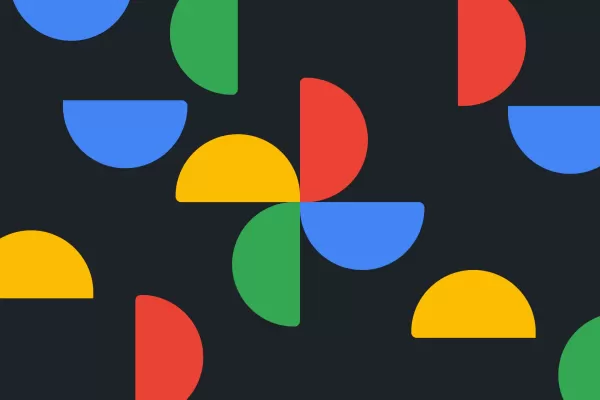 Google Relaunches AI-Powered 'Ask Photos' with Improved Speed Features
Following a temporary halt in testing, Google is relaunching its AI-driven "Ask Photos" search functionality in Google Photos with significant enhancements. Powered by Google's Gemini AI technology, this innovative feature helps users locate specific
Google Relaunches AI-Powered 'Ask Photos' with Improved Speed Features
Following a temporary halt in testing, Google is relaunching its AI-driven "Ask Photos" search functionality in Google Photos with significant enhancements. Powered by Google's Gemini AI technology, this innovative feature helps users locate specific
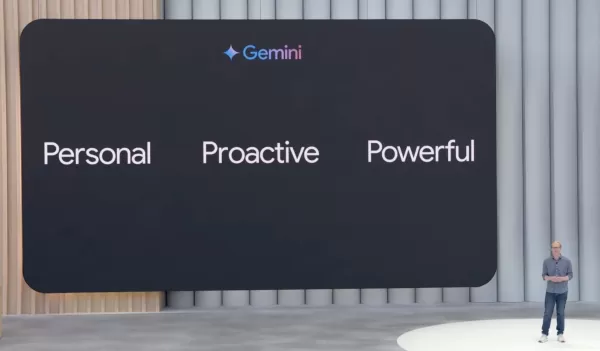 Google AI Ultra Unveiled: Premium Subscription Priced at $249.99 Monthly
Google Unveils Premium AI Ultra SubscriptionAt Google I/O 2025, the tech giant announced its new comprehensive AI subscription service - Google AI Ultra. Priced at $249.99 monthly, this premium offering provides exclusive access to Google's most adva
Google AI Ultra Unveiled: Premium Subscription Priced at $249.99 Monthly
Google Unveils Premium AI Ultra SubscriptionAt Google I/O 2025, the tech giant announced its new comprehensive AI subscription service - Google AI Ultra. Priced at $249.99 monthly, this premium offering provides exclusive access to Google's most adva
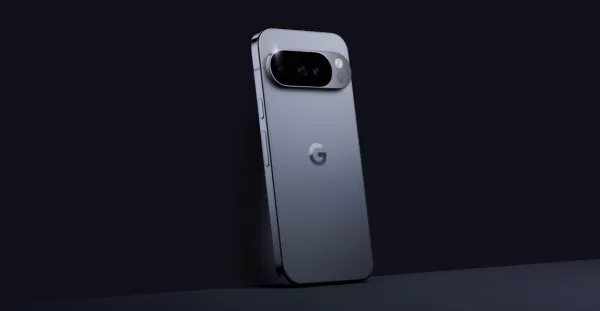 Google Curbs Pixel 10 Leaks by Officially Revealing the Smartphone Early
Google is teasing fans with an early glimpse of its upcoming Pixel 10 smartphone lineup, showcasing the official design just weeks before the scheduled August 20th launch event.A promotional video on Google's website reveals a sleek grayish-blue devi
Google Curbs Pixel 10 Leaks by Officially Revealing the Smartphone Early
Google is teasing fans with an early glimpse of its upcoming Pixel 10 smartphone lineup, showcasing the official design just weeks before the scheduled August 20th launch event.A promotional video on Google's website reveals a sleek grayish-blue devi
 July 27, 2025 at 9:20:21 PM EDT
July 27, 2025 at 9:20:21 PM EDT
Vibe coding sounds like a game-changer! I love how AI is making coding feel more like a creative jam session than a tedious slog. Google's Stitch seems cool, but I wonder if it’ll outshine Jules or just add to the noise. 🤔


 0
0
